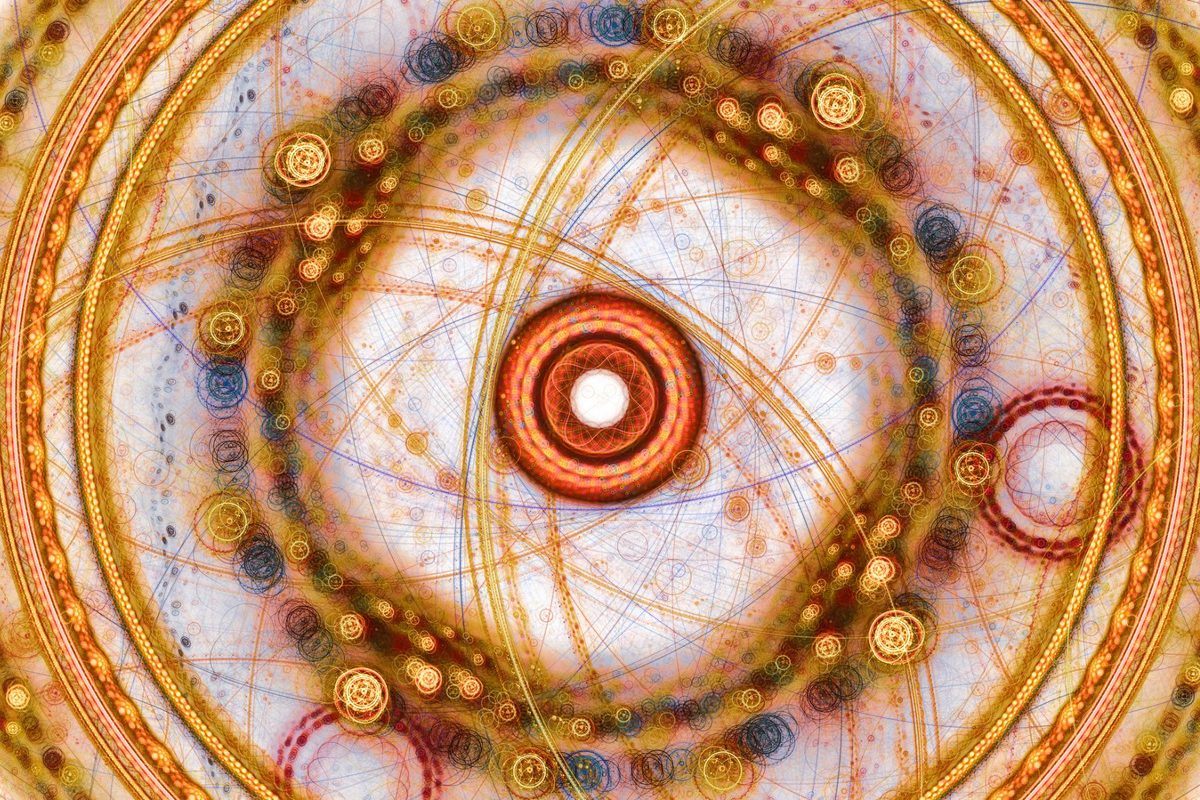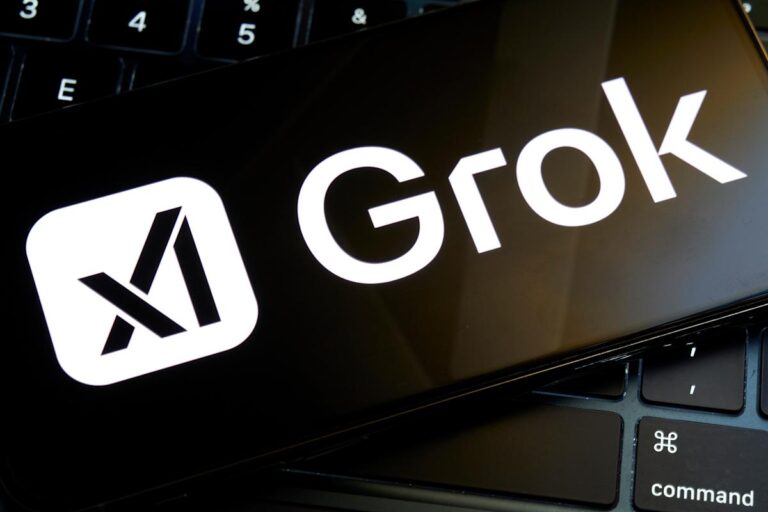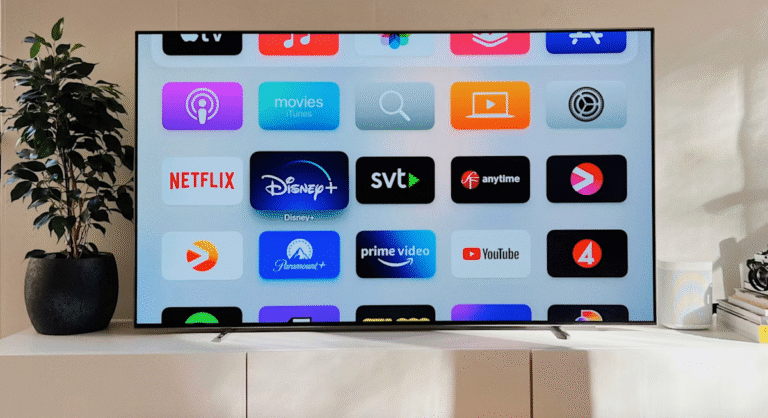Humanity has made a significant stride toward formulating a comprehensive “theory of everything” that seeks to harmonize the principles governing the physical universe. A groundbreaking new study published in PRX Quantum reveals a novel experiment crafted by a trio of American scientists. Their work aims to bridge the gap between quantum mechanics and Einstein’s General Theory of Relativity.
Understanding Quantum Mechanics and General Relativity
At the microscopic level, quantum mechanics governs the behavior of subatomic particles, while general relativity provides insights into the macroscopic phenomena of the universe, including the fundamental interactions of space, time, and gravity. However, a fundamental conflict exists between these theories.
As Dr. Igor Pikovski, one of the leading researchers, noted, “The most pressing challenge in modern physics is the unification of these two frameworks, as they currently do not coalesce into a single theory.”
The Experiment: Linking Quantum Mechanics with Curved Spacetime
Collaborating with Dr. Jacob Covey from the University of Illinois Urbana-Champaign and Dr. Johannes Borregaard from Harvard University, Pikovski has designed an experiment that explores the interplay between quantum effects and the curvature of spacetime—a phenomenon well-articulated by Einstein. According to this theory, gravity arises from the distortion of space and time around massive objects, resulting in time flowing more slowly in proximity to these objects.
The scientists proposed a system of atomic clocks connected in a quantum network to analyze their potential responses to curved spacetime. With their unparalleled precision, atomic clocks can record time accurately due to the quantum property of entanglement, allowing them to be interlinked. Moreover, thanks to quantum superposition, these clocks can experience multiple temporal flows simultaneously.
By positioning these clocks at various locations, the experimental setup aims to identify slight variations in the passage of time, instigated by the gravitational effects of curved spacetime.
Implications and Future Prospects
“If executed successfully, this test would represent the first empirical validation of ‘quantum theory on curved spacetime,’ illuminating how quantum systems function under the influence of Einstein’s gravity,” stated Pikovski.
This pivotal research could serve as a precursor to advancing quantum networks, ultimately paving the way for a global quantum internet capable of interconnected quantum computing.
Pikovski expressed his hope that this study ignites fascination and enthusiasm about the myriad mysteries nature holds. He remarked, “There remains an abundance of unknowns regarding the workings of the universe, and various realms of physics are still shrouded in enigma. Our findings suggest that we can utilize quantum technologies to probe these questions through real-world experiments for the first time.”
Key Points:
- New research aims to unify quantum mechanics and general relativity.
- The experiment utilizes atomic clocks interconnected in a quantum network.
- The study could verify “quantum theory on curved spacetime,” enhancing our understanding of gravity’s influence.
- Successful outcomes may drive the development of a global quantum internet.







